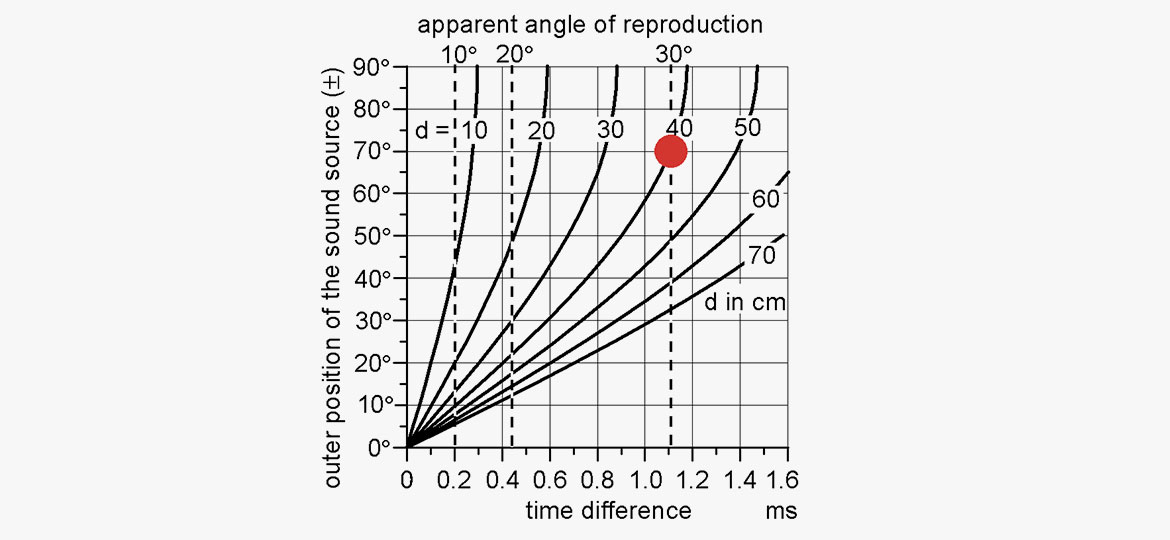

However, for very low bit rates this type of coding usually yields a gain in perceived quality of the audio. This type of coding does not perfectly reconstruct the original audio because of the loss of information which results in the simplification of the stereo image and can produce perceptible compression artifacts. The idea of intensity stereo coding is to merge the lower spectrum into just one channel (thus reducing overall differences between channels) and to transmit a little side information about how to pan certain frequency regions to recover the IAD cues. That leaves inter-aural amplitude differences (IAD) as the dominant location indicator for higher frequencies. More specifically, the dominance of inter-aural time differences (ITD) for sound localization by humans is only present for lower frequencies. By exploiting this characteristic, intensity stereo coding can reduce the data rate of an audio stream with little or no perceived change in apparent quality. Human hearing is predominantly less acute at perceiving the direction of certain audio frequencies. This form of joint stereo uses a technique known as joint frequency encoding, which functions on the principle of sound localization.

Two forms are described here, both of which are implemented in various ways with different codecs, such as MP3, AAC and Ogg Vorbis. Joint stereo refers to any number of encoding techniques used for this purpose. The term joint stereo has become prominent as the Internet has allowed for the transfer of relatively low bit rate, acceptable-quality audio with modest Internet access speeds.


 0 kommentar(er)
0 kommentar(er)
